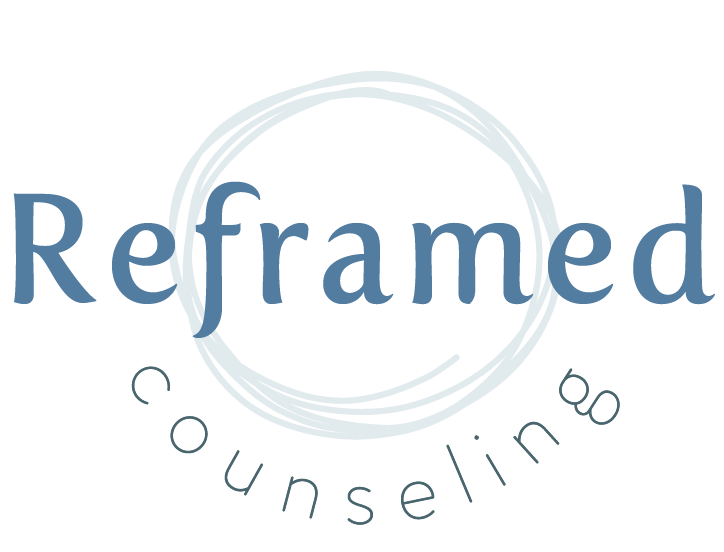Know Your Stress Reaction: Fight, Appease, Freeze, Flight
As humans we all resort to the most basic of brain processes when stressed. Stress makes our brains go into survival mode. We have no control, it is rapid and unconscious. It hits on a biological, physical, emotional, and cognitive level.
Researchers are always adding types of stress reactions, but the most common stress reactions we will talk about include fight, flight, appease and freeze.
One of the most valuable things I try to teach in therapy and try to teach my own children is understanding what your reaction is so you can better regulate and meet your needs. Lets talk simply about what these reactions actually look like.
Fight mode means we fight against our internal sensations and/or the situation in front of us. Lets use the example of a partner forgetting to grab something important from the store. There are two potential triggers here to focus on 1. The situation at hand which made you feel stressed or angry towards your partner and 2.The feelings triggered by partner’s forgetfulness which say is loneliness and anger. Either of these may become uncomfortable to you and lead to a fight stress reaction. You dont like feeling lonely so you fight against the sensation and try to change it (often to anger which is more manageable for those triggered by loneliness), or your engage in fight mode hoping to get your partner to change and remember next time (even if the method isnt healthy).
The obvious examples of fight mode include hitting or hurting. But we want to broaden that understanding to include passive aggressive language, yelling, shaming, pleading, throwing or breaking items. The cues or clues you are in fight mode include tension, tightening of jaw or teeth clenching, urge in hands or feet to lash out, stomach ache, rapid/accelerated breathing, and becoming sweaty/flushed.
Flight mode means we try to escape our internal sensations and/or the situation in front of you. Same situation as above. This time the reactions may include walking away, utilizing substances (grabbing wine or a marijuana gummy), scrolling on phone, lying or pretending to have something to do, saying “its fine” to end the conversation, leaving the room or home, breaking up with someone.
Cues or clues include fidgety body, panicky/trapped sensations, “itching” in feet to leave, heart racing, eyes scanning.
The next is often called appease or fawn mode. This is when we try to escape our internal sensations or situation at hand by pleasing the other person at the expense of own wants or needs. Using the same situation this reaction would look like not advocating for self, trying to make them feel better by doing something overly kind, dismissing the event completely, needing partner to ensure you’re not at fault (ex: asking if theyre mad at you for not reminding them), allowing self to be blamed or assuming blame (saying “its my fault I should have reminded you”).
Cues or clues include feeling numb, vigilance related to other persons feeling and experiences, sweaty, tension.
The last, freeze mode, is when you cannot do any of the above so you do nothing at all. The above situation would look like moving on with the day, daydreaming or blanking out, going to bed, shutting down.
Which mode do you lean towards? In one of the next blogs we will talk about how, with this information, we can better discover how to choose stress relief activities which are better matches for us individually.
